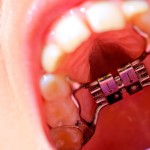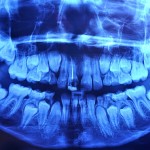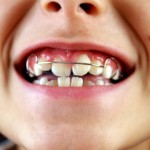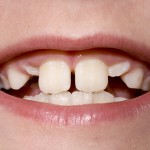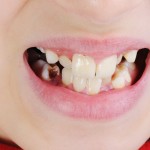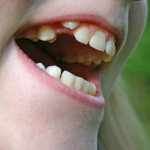
This Cochrane review update of interceptive procedures included 4 RCTs to promote the eruption of palatally displaced permanent canines (PDCs) involving a total of 199 patients. The findings indicate that extraction of the primary canine man increase the the proportion of erupted PDCs but the evidence is very uncertain.
[read the full story...]